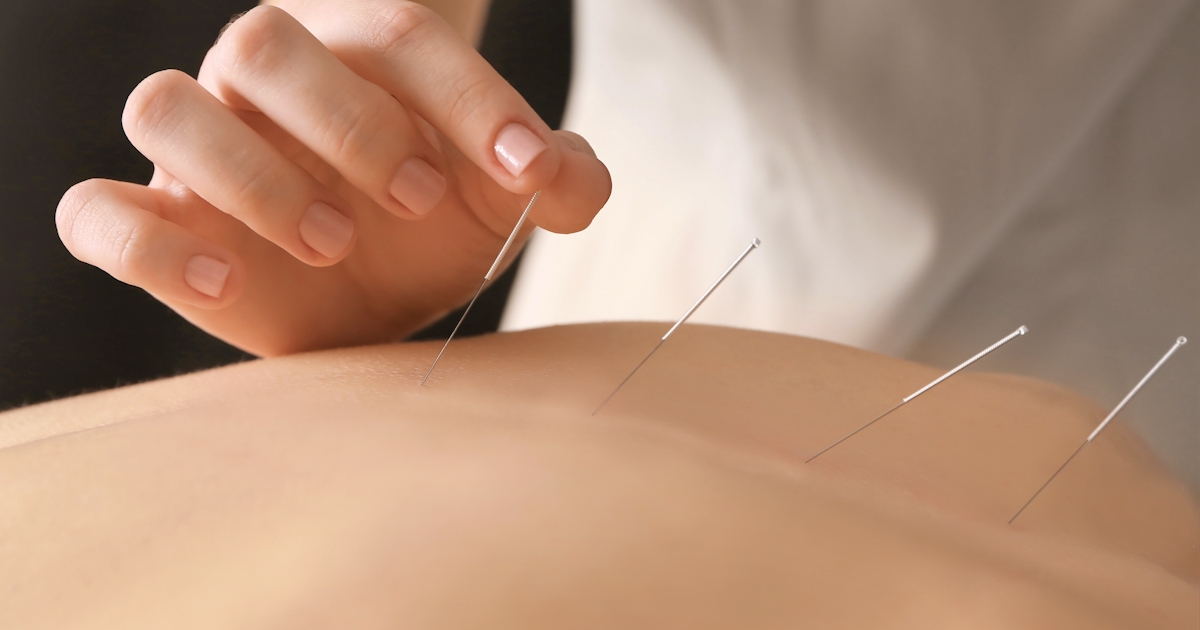
Acupuncture, an ancient healing practice originating from Traditional Chinese Medicine (TCM), has gained popularity worldwide for its potential to promote overall health and well-being. While acupuncture is often associated with pain relief, its effects extend beyond symptom management.
Acupuncture, with its holistic approach, contributes to pain relief and improved quality of life. While scientific evidence continues to emerge, centuries of practice and anecdotal reports support its role in promoting a healthier, more vibrant life. Remember, early intervention leads to better outcomes, allowing you to regain pain-free movement and resume your favorite activities.